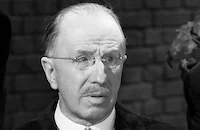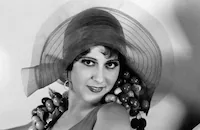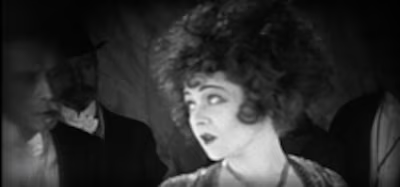Camille

Brief Synopsis
Cast & Crew
Ray C. Smallwood
Nazimova
Rudolph Valentino
Arthur Hoyt
Zeffie Tilbury
Rex Cherryman
Film Details
Technical Specs

Synopsis
Armand Duval, a young and unsophisticated law student, falls passionately in love with Marguerite Gautier, known as Camille, a notorious Parisian courtesan. Armand forsakes his family and career, Marguerite abandons her friends for him, and they pass the days happily in a country retreat. They soon find themselves without money; consequently, Armand arranges for Marguerite to receive his small legacy, and, unknown to him, Marguerite plans to sell her possessions. Armand's father learns of the situation and determines to save the family name from disgrace. He persuades Marguerite to give up Armand, and she reverts to her former life of debauchery. Visiting a gambling house one evening she encounters Armand; believing himself abandoned for the Count de Varville's wealth, he denounces her before the crowd. Abandoned and ill, Marguerite finally dies in her home, clasping Armand's only gift, a copy of Manon Lescaut.

Director
Ray C. Smallwood
Cast

Nazimova

Rudolph Valentino

Arthur Hoyt
Zeffie Tilbury
Rex Cherryman
Edward Connelly

Patsy Ruth Miller
Consuelo Flowerton
Mrs. Oliver
William Orlamond
Crew

Videos
Movie Clip



Hosted Intro
Film Details
Technical Specs

Articles
Camille (1921)
Screenwriter June Mathis updated the story of Camille, a tragic courtesan who dies of tuberculosis, for modern times. In all other screen treatments of the story, Camille dies in Armand's arms - but Mathis' script is unique in that Armand is not even present during the death scene. Nazimova, appearing in her final film for MGM, personally chose Valentino to play Armand - even though the handsome young star was still a relative unknown. He had just completed filming The Four Horsemen of the Apocalypse (1921), the film that would turn him into an overnight sensation, but it had yet to be released. By the time Camille came out, Valentino had become a major star, and his appearance in the film helped turn it into a box-office success.
It was on the set of Camille that Valentino met art director/costume designer Natacha Rambova, who would become his second wife. His first, actress Jean Acker, allegedly locked Valentino out of their bridal suite on their wedding night and refused to consummate the marriage. The marriage to Rambova proved troublesome when it was discovered to have taken place before the dissolution of Valentino's first. To add to their problems, Rambova took control of Valentino's career and mismanaged it, allowing his image to become so effeminate that a Chicago editorial writer famously labeled him the "Pink Powder Puff." By 1926 Valentino had gone into a decline and was attempting to regain his popularity when he died at age 31 of a perforated ulcer.
Director: Ray C. Smallwood
Screenplay: June Mathis, from the novel La Dame aux Camellias by Alexandre Dumas
Cinematography: Rudolph J. Bergquist
Art Direction and Costume Design: Natacha Rambova
Cast: Alla Nazimova (Marguerite), Rudolph Valentino (Armand) Arthur Hoyt (Count DeVarville), Zeffie Tilbury (Prudence), Edward Connelly (Duke), Rex Cherryman (Gaston), Patsy Ruth Miller (Nichette).
BW-70m.
by Roger Fristoe

Camille (1921)
Quotes
Trivia
The original play opened in Paris in 1852. The first Broadway production of the play opened on 9 December 1853. There have been 15 Broadway revivals of the popular play, the last in 1935.
Notes
For information on other versions of Camille, please consult the entry for the 1914 Shubert Film Corp. production, directed by Albert Capellani, starring Paul Capellani and Clara Kimball Young and the 1937 M-G-M production, directed by George Cukor and starring Greta Garbo and Robert Taylor (see AFI Catalog of Feature Films, 1911-20 and 1931-40).















